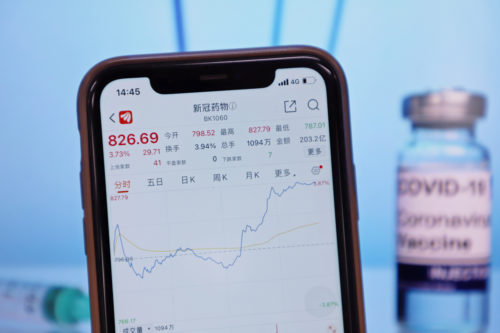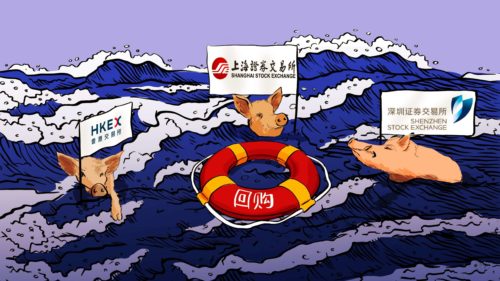The Chinese economy is not the stock market — portfolio positioning in slower growth
When trying to find the bottom and eventual recovery, it’s best to align your strategy with those companies that will emerge to fit the policies articulated by Beijing.

Every finance professor warns that high gross domestic product (GDP) growth doesn’t always translate into high returns for the stock market. The inverse (low GDP does not mean negative returns) is also true, particularly in the short term.
In mature markets, profits for the largest firms are not directly tied to the overall economy. Map a stock chart of Microsoft, Apple, or Amazon against GDP growth for the last decade. These three firms are consistently growing revenues and profits at a multiple of GDP. The reasons vary, but for China, three distinct factors play an outsized role: shareholder structure, regulatory uncertainty, and transparency.
Shareholder structure
For many large, listed companies trading in Shanghai and Shenzhen, the shareholder structure remains highly concentrated in the hands of large state-run enterprises. The priorities of these large shareholders are not singularly focused on shareholder returns. For example, the largest shareholder for Industrial Bank (601166), the seventh-largest holding in the CSI 300 (the majority market index in China), is the Finance Bureau of Fujian Province. Provincial-level bureaus like this operate like a private equity fund that is also a regional federal reserve bank responsible for meeting provincial-level targets for growth, unemployment, environmental, social, and corporate governance (ESG), and return on capital.
Some of these priorities may not be aligned with smaller shareholders in the short run.
Regulatory policy
The most recent examples come from the technology and education industries and largely affected Chinese firms listed in the U.S., but those are only the most reported examples.
Investors closely watch the language coming out of Beijing to position themselves. The explicit focus on ESG in the past few years has led to significant outperformance for the CSI New Energy Index versus the CSI 300 over time. In fact, the policy in action behind this was recently announced from People’s Bank of China Deputy Governor Chén Yǔlù 陈雨露 that outstanding green loans increased by 33% in 2021.
We should expect similar outperformance from the CSI All Share Semiconductors & Semiconductor Equipment Index in the coming years given the insistence from Beijing to develop a world-class semiconductor industry. Even if that goal falls short, the pressure or requirement to buy from China brands will benefit these companies.
Transparency
Industry regulators frequently consult with the largest companies they are tasked to regulate. The resulting laws and guidelines are typically not telegraphed early, but once announced, they usually benefit the incumbent, well-capitalized enterprises.
When the financial regulator opens a new line of business or method of transaction, it will only allow a few top firms to apply. Only if those firms are successful will smaller players enter. This is true in many of the largest industries where licensing remains crucial to operating.
Currently, Chinese stocks of all varieties remain under downward pressure and this defensive strategy may not last. But when trying to find the bottom and eventual recovery, it’s best to align your strategy with those companies that will emerge to fit the policies articulated by Beijing, have well-capitalized shareholders, and be first to benefit from any regulatory shifts.
A-Share Intelligence is a weekly column.






